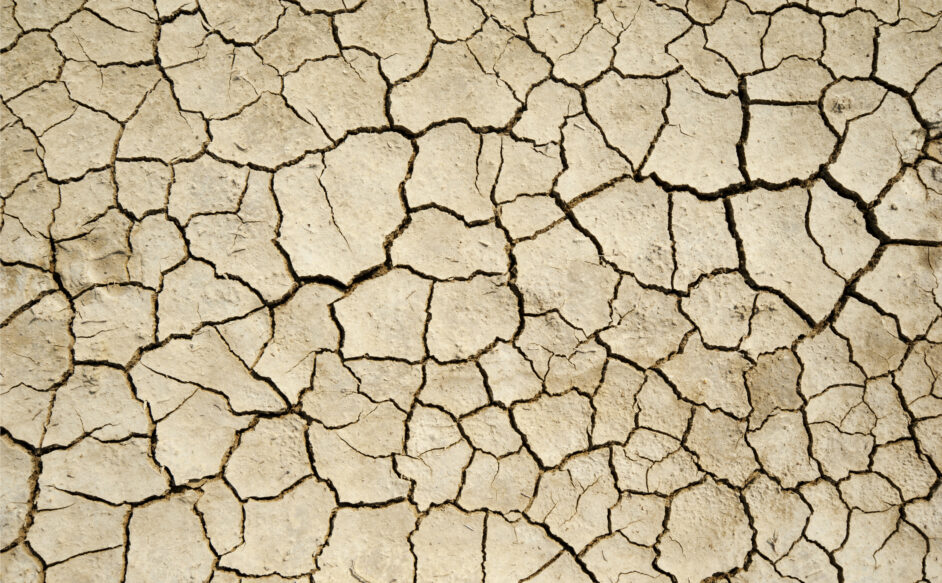Las Vegas valley has been grappling with ongoing drought conditions for many months now. Conditions have gotten so bad that earlier this year measured levels for Lake Mead were at all-time lows since the Hoover Dam was completed in 1936.
These drought conditions can affect water quality in many ways, but the most concerning aspect is that the effects are largely unpredictable. Environmental scientists and engineers perform ongoing water quality and ecological impact studies, and their findings during drought conditions never cease to surprise them.
As droughts in the American South and West deepen, expect even more troubling revelations to arise. Local homeowners may be faced with rationing or the need to install a Las Vegas water purifying system. Here are just some of the ways that the drought could impact their water quality:
pH Fluctuations in Drought Water
While the effects of droughts on water supplies are diverse, a common theme emerges. As water levels lower, environmental factors like organisms and soil conditions can cause pH levels to fluctuate.
For instance, increased acidity can kill off many buffering organisms and negate similar compounds. As these diminish, contaminants like heavy metals can dissolve and leach into groundwater tables and municipal sources like streams and lakes.
Other times, pH can rise, increasing alkalinity and the presence of ammonia-rich compounds. These compounds can cause organisms living in water sources to die off, increasing compounds related to decomposition including certain bacterias.
pH changes are a leading cause of subsequent environmental impacts of a drought, but their exact mechanisms change according to local conditions and are therefore not completely understood.
High Solute Concentration
A simple fact of droughts is that as water levels lower, the concentration of solutes like salt, minerals and chemical runoff increases. Simply put, with less water to dissolve these compounds, they remain in higher concentrations. Another problem lies in the fact that drought-stricken soils create more widespread runoff. This runoff collects solutes and additional contaminants not normally present in non-drought conditions.
Homeowners may notice an increase in unpleasant odors or colors within their water during these events, especially cloudiness from suspended sediments, minerals and contaminants. Some municipalities assure their residents that the water may still be safe to drink, but others are not so sure.
Increased Temperature and Algal Blooms
Drought waters are often warmer since less molecules in a body of water means less energy is needed to change its temperature. Additionally, drought conditions usually occur during periods of abnormally high temperatures.
These high temperatures promote growth of algae species as well as certain bacterias. As scientists from Australia discovered, these algal blooms often produce toxic compounds that linger in water supplies and soil concentrations long after droughts subside. Agricultural runoff can exacerbate this problem, especially during flash flood conditions.
Protecting Water Quality During a Drought with Las Vegas Water Purifying Systems
Certain contaminants persist in groundwater supplies and municipal water sources even after drought conditions ease. Officials like former Texas Water Board spokesperson Samantha Heng advocate reverse osmosis filtration as the safest way to remove these small compounds.
Las Vegas homeowners can install a reverse osmosis water purification system at the source of their municipal or well water to protect their water quality and health even in the midst of a drought. Review our purification information page to learn more.

